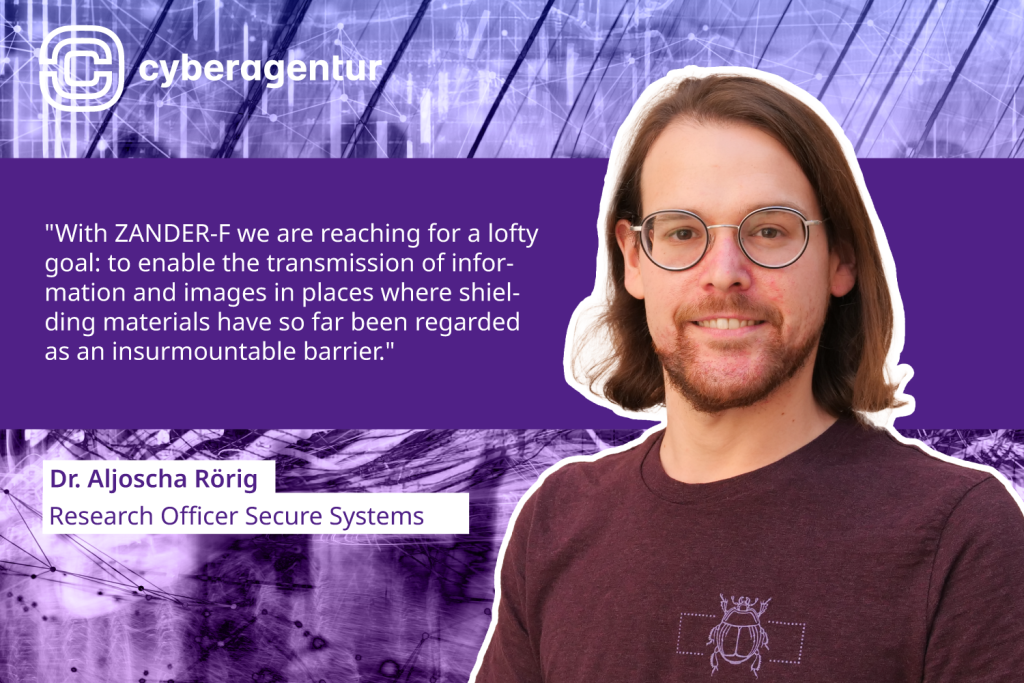Cyberagentur launches €15 million research program to enable information transmission through conductive materials

The Agentur für Innovation in der Cybersicherheit GmbH (Cyberagentur) published the call for proposals for the ZANDER-F research program on 18 August 2025. With a budget of over 15 million euros, the aim is to research innovative technologies that will enable communication and imaging through conductive barriers such as Faraday cages for the first time. The five-year project addresses critical needs of German special forces and could revolutionize communication technology.
Whether in container ships during anti-piracy operations, in metallic industrial plants or underground facilities – wherever electromagnetic radiation is attenuated by metal, conventional communication technologies reach their limits. The ZANDER-F research program (Future Alternative Communication and Data Transmission under Difficult Conditions – Faraday Cage) aims to overcome these physical barriers.
The development is based on direct requirements from the police, who have to operate in highly complex scenarios. From hostage rescues on the high seas to rescue missions in collapsed regions—robust communication links over short and long ranges and precise imaging techniques decide the mission success.
“The technical overcoming of Faraday cages is one of the most fascinating challenges of modern communication technology,” explains Dr. Aljoscha Rörig, research officer for secure systems and program manager of ZANDER-F. “Successful solutions would not only significantly support rescue operations, but also provide security forces in general with completely new tools.”
The open-technology research program focuses on completely new approaches beyond conventional radio technology. Promising research directions include plasmonic processes in which electromagnetic waves are conducted over metal surfaces, electromechanical methods for generating low-frequency signals and even the use of subatomic particles for information transmission.
The potential applications extend far beyond military and police operations: in border security, the technology could help to detect smuggling of people, drugs or weapons through metal containers. In the event of natural disasters, people buried under rubble could be localized. The research approaches also offer new perspectives for the early detection of drones in urban areas where buildings block the line of sight.
The call for proposals is designed as a multi-stage process to identify and promote the most innovative solutions. Following an expression of interest procedure, idea outlines are first evaluated before selected participants are admitted to the development phase. The project will run for 60 months from 2026 to 2031.
The invitation to tender was published in the Supplement to the Official Journal of the European Union with the contract notice number TED 540066-2025(https://ted.europa.eu/de/notice/-/detail/540066-2025). The submission deadline for participation and the short concept is October 17, 2025, 10:00 am. Interested research institutions and companies can register their participation with immediate effect. Participation is possible both individually and as part of a consortium.
Further information and registration:
